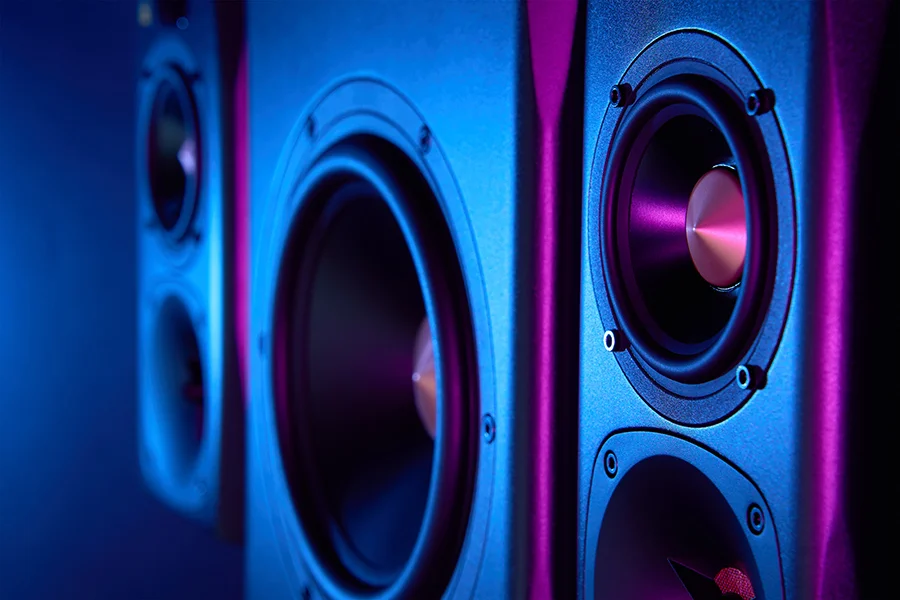|
|
 |
|
Humans are bestowed with two sound pressure sensors known as ears. Since the ears are mounted and physically separated on the head, there is a sound delay of about 600 microseconds between the ears depending on the direction of arrival of the sound. Additionally, the head creates acoustic masking, which results in high frequency sounds being more pronounced in one of the two ears. Our pinnae (outer ears) further modify the spectral differences depending on the sound direction. Shoulders and other parts of the body reflect sounds in a specific manner and thus provide our brain with an additional indication of sound direction. Even when the sound comes directly from the front, we also receive sound reflections coming from walls or other objects that are slightly different for each ear. It’s obvious that humans have been designed to experience stereo (two channel) sounds. Therefore, mono sound recorded by one microphone does not seem natural. This is why Alango has developed technology to convert mono to stereo making the sound more pleasant and alive. Is it possible to restore authentic stereo information from a mono audio signal without any prior information regarding the directions of sounds arrival, acoustic environment and specific listener? No, it isn’t. However, we can introduce an artificial difference between the left and right signal channels that, in many cases, will create a feeling that is very similar to listening to a true stereo recording. Alango mono-to-stereo conversion technology works by:
Alango’s mono to stereo technology has been developed with the understanding that the human ears and brain are quite sophisticated with respect to the analysis of sounds. Trying to “fool” these sophisticated mechanisms making mono into stereo can create an unnatural sound sensation that may be “interesting” at first but can become annoying after additional exposure. Eventually, if you do not like pseudo stereo – make it mono again! The stereo output produced by Alango algorithm is fully reversible. It can be easily “converted” into original mono sound by simple summation of the left and right channels.
Mono-to-stereo conversion technology is a computationally efficient, stand-alone technology that can be ported to any DSP or MCU platform. Please contact us for further details.
|
|
Glenn Miller - Chattanooga Choo Choo
(Converted to stereo) |
Fred Astaire - Puttin On The Ritz
(Converted to Stereo) |
|
|
Louis Armstrong - Hello Dolly (LIVE)
(Converted to stereo) |
Rammstein - Bück dich (LIVE)
(Converted to stereo) |
|
|
Ray Charles - Hit The Road Jack (LIVE)
(Converted to stereo) |
 &duration=4:34)
&duration=4:31)

||(Converted to stereo) &duration=2:30)

||(Converted to stereo)&duration=3:37)

||(Converted to stereo)&duration=2:25)